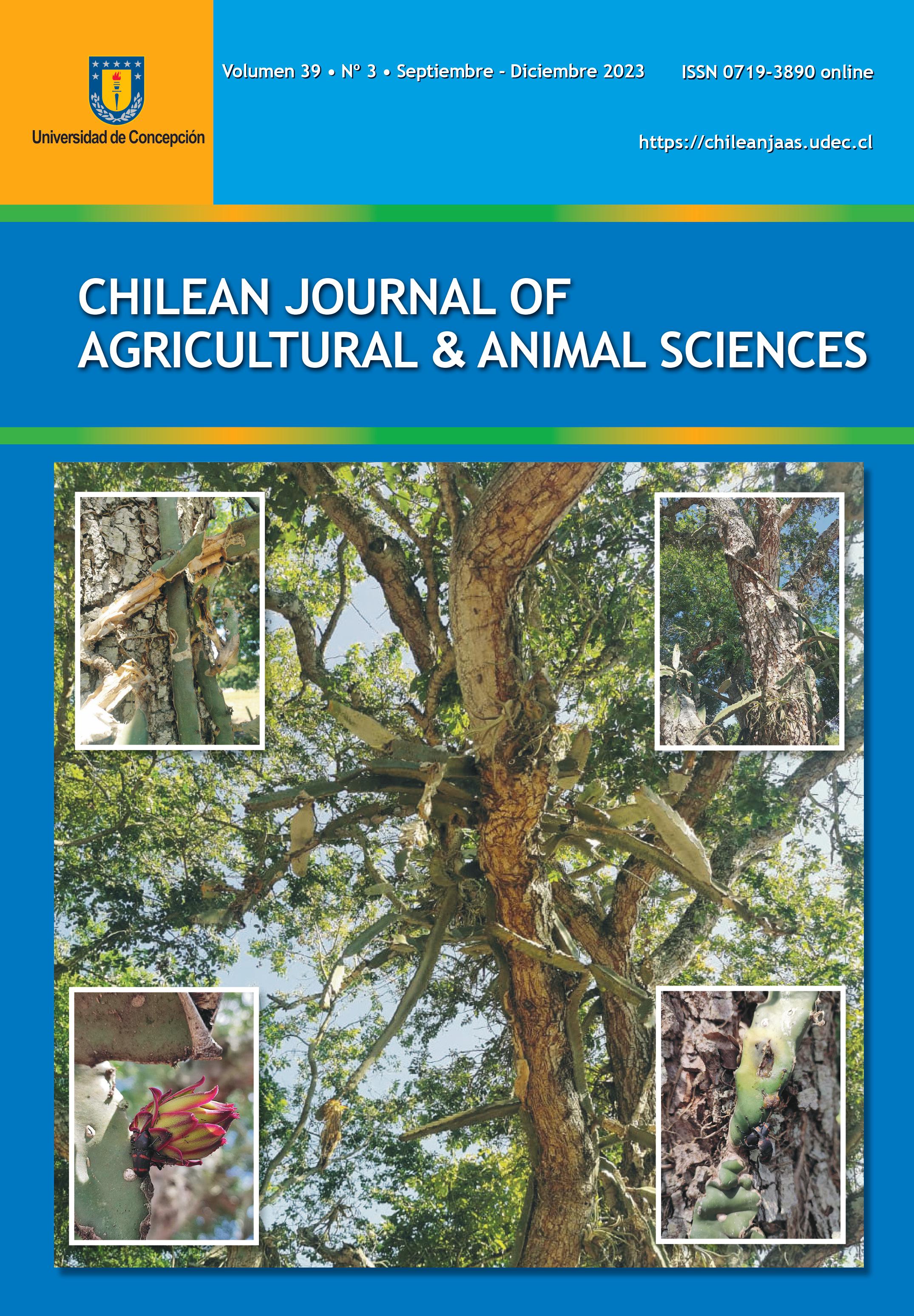PRE-TREATMENTS AND DRYING METHODS ON THE PHYSICOCHEMICAL AND SENSORY CHARACTERISTICS OF WILD MUSHROOMS (Suillus luteus) FROM APURIMAC-PERU
DOI:
https://doi.org/10.29393/CHJAA39-24PDYG50024Keywords:
Suillus luteus, natural pre-treatment, solar drying, fitotoldo dryingAbstract
The objective of this research was to evaluate the effect of pre-treatments and drying methods on the physicochemical and sensory characteristics of edible wild mushrooms, Suillus luteus, collected in the pine forests of the Apurimac region, Peru. Two immersion pre-treatments were used: 5% lemon juice and 6% vinegar. Mushroom caps were cut into 3-cm thick slices, immersed at a ratio of 1:5 (w/v), and subsequently dried by direct solar drying and indirect solar drying using a fitotoldo (shade cover). The proximate composition, rehydration, color, total polyphenol content (TPC), antioxidant capacity (DPPH capacity), and sensory evaluation were determined for each sample. The results showed significant differences (p<0.05) between the treatments. Higher rehydration rates were observed in the samples subjected to direct solar drying and fitotoldo drying without pre-treatment, as well as those treated with vinegar. Regarding color, luminosity (L*) significantly decreased in the dried samples compared to the fresh sample. In the proximate analysis, the untreated samples had protein, crude fiber, and ash contents of 23.67 g/100 g, 11.10 g/100 g, and 5.59 g/100 g, respectively. Free-nitrogen extract (FNE) content increased to 47.13 g/100 g as mushrooms lost water. TPC and antioxidant capacity decreased significantly in the dried samples, but the pre-treated samples with vinegar recorded higher values of 8.38 mg GAE/g and 54.13 µmol TE/g, respectively. In the sensory evaluation, the samples pre-treated with vinegar had higher color, texture, and acceptability scores. Thus, the use of a fitotoldo without pre-treatment and with vinegar pre-treatment is the most efficient method for drying Suillus luteus mushrooms.
Downloads
Published
How to Cite
Issue
Section
Copyright (c) 2023 Yuri Espinoza-Ticona, Franklin Lozano, Littman Moreano-Alarcón, Juan José Calixto-Muñoz, Guadalupe Chaquilla Quilca

This work is licensed under a Creative Commons Attribution 4.0 International License.







